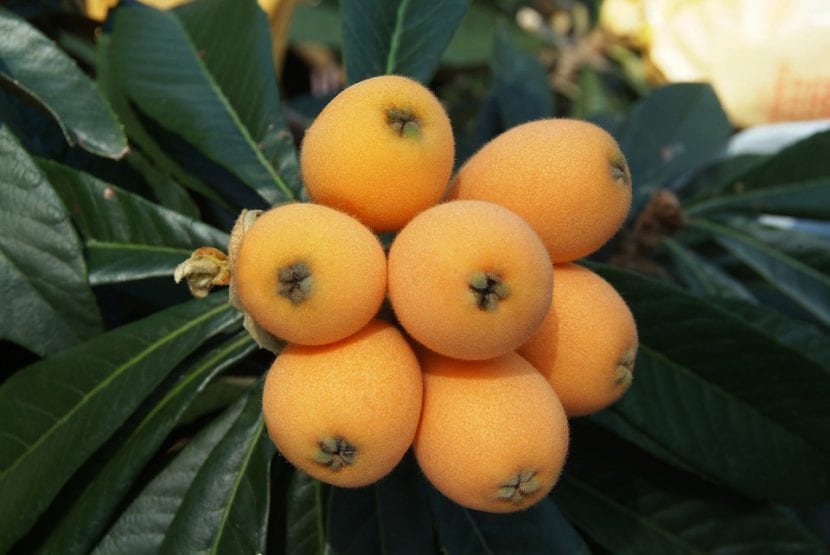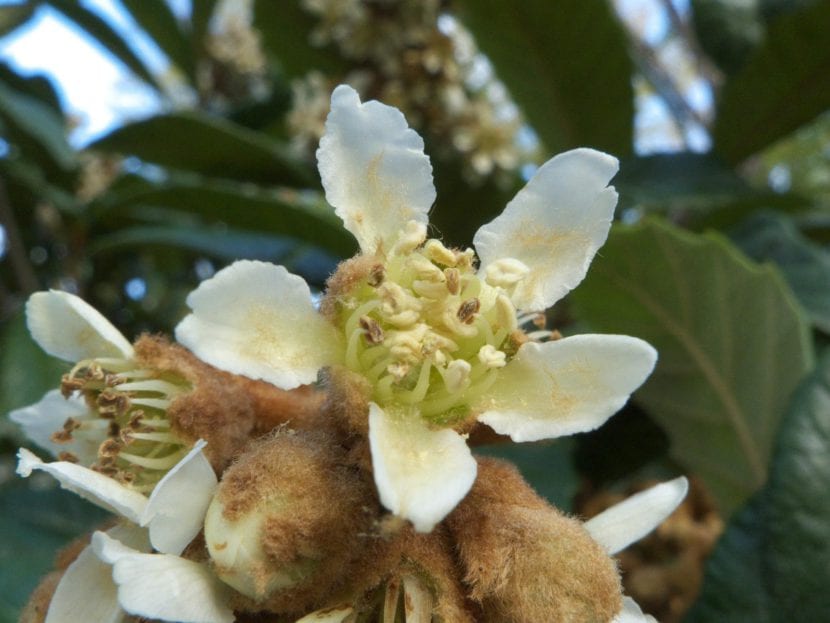
The medlar is a fruit tree that is very often planted in Mediterranean orchards and, in general, in those where the climate is temperate. It grows rapidly, and produces a lot of delicious fruits In whose interior there is a single seed that you can sow directly in a pot after having cleaned it well with water.
But surely there are more things you did not know about the medlar. These 5 may surprise you. Let's check it 🙂.
1.- The medlar does not require cold-hours to produce its fruits

Unlike other fruit trees, our protagonist you do not need to spend a certain amount of cold hours to produce. For this reason, it can be had in mild climates without problem; although, yes, winter has to be a bit cool, with temperatures below zero.
2.- The type of soil influences the fruits
So much so that if you have it in clay soil, you will have medlar of a larger caliber, but they will take time to mature; on the contrary, if you have it on sandy soil, they will mature much earlier but will be smaller in caliber. What type of fruit do you prefer? Whichever you choose, you can always modify your soil a bit, adding river sand or mulch as the case may be.
3.- There is not only a variety of medlar
When we go to the supermarket or a greengrocer, they usually all seem the same, but ... the reality is that there are many varieties, including Indostac, Premier, Thales, Algerie and Tanaka. These last two are the most commercialized in Spain. They differ mainly in size and taste: for example, Algerie produces small fruits with a slightly less pleasant taste, while Tanaka produces large fruits and has a very good taste.
4.- It is grafted on two main rootstocks
Actually, it grafts on 5 rootstocks, but it only works well in two: the quince and the seed franc. In the first one sometimes problems arise: it can stay small and it can have iron chlorosis; But with the second, what is achieved is to have a very healthy medlar, with a long productive life.
5.- Needs a lot of compost to grow
During spring and summer, it is very important to pay with fertilizers rich in phosphorus and potassium. You can also add chemical fertilizer one month, and organic fertilizer the following month to make sure that the plant is not going to lack anything.
Did you know these 5 things about loquats?
